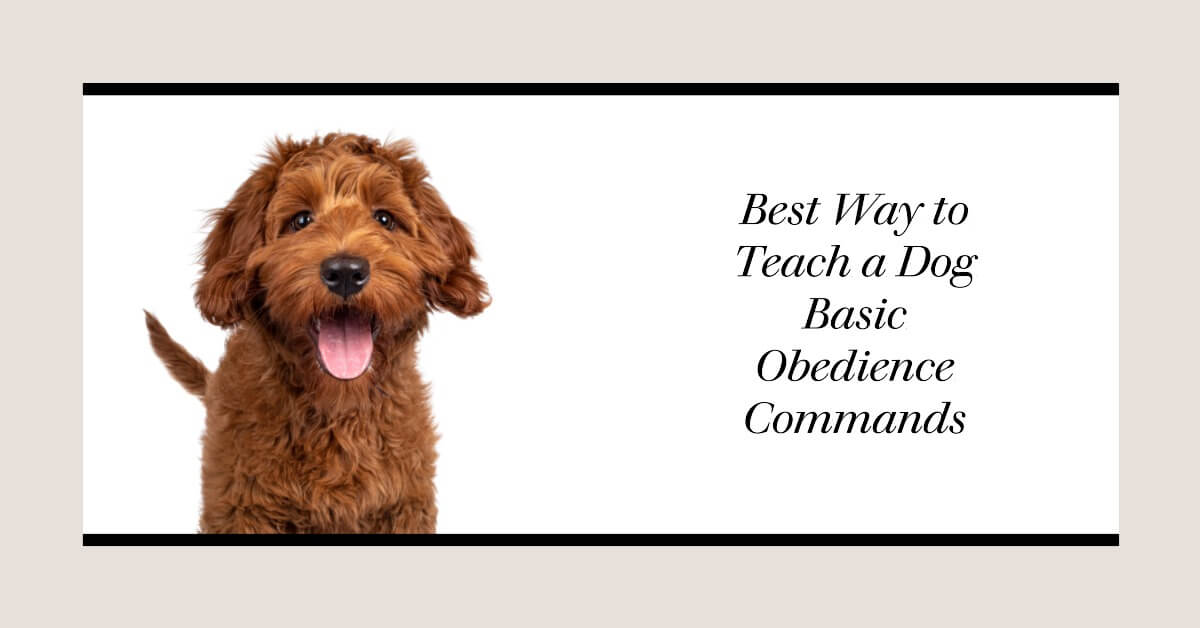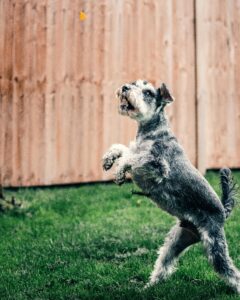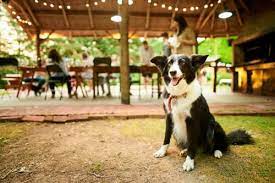Training your dog to obey basic commands is an important part of responsible pet ownership. Not only does it help keep your dog safe and well-behaved, but it can also strengthen the bond between you and your furry friend. However, if you’re new to dog training, it can be challenging to know where to start. In this article, we’ll explore the best ways to teach your dog basic obedience commands.
Before we dive into the details of how to train your dog, let’s discuss why obedience training is essential. Dogs are social animals, and they crave structure and consistency. By teaching your dog basic obedience commands, you can provide them with the structure and guidance they need to feel secure and happy. Basic obedience training can also help prevent behavioral problems such as aggression, destructive chewing, and excessive barking.
Table of Contents
ToggleUnderstanding Your Dog’s Personality and Learning Style
Before you begin training your dog, it’s essential to understand their personality and learning style. Just like humans, dogs have different temperaments and learning styles. Some dogs are highly food-motivated, while others respond better to praise and affection.
Some dogs are naturally confident and outgoing, while others are more cautious and fearful.
To determine your dog’s learning style, pay attention to what motivates them. Do they get excited when they see a toy or a treat? Or do they respond better to verbal praise and attention?
Once you understand your dog’s learning style, you can tailor your training approach to suit their needs.
Creating a Positive Learning Environment
Creating a positive learning environment is essential for successful obedience training. Dogs learn best in an environment that is free from distractions and where they feel safe and secure. Here are some tips for creating a positive learning environment:
Use positive reinforcement: Dogs respond better to positive reinforcement, such as treats and praise, than punishment.
Keep training sessions short and frequent: Short training sessions are more effective than long ones, and frequent training sessions help reinforce learning.
Choose a quiet and familiar location: Training in a quiet and familiar location helps reduce distractions and increase focus.
Teaching Basic Obedience Commands
Once you’ve established a positive learning environment, it’s time to start teaching your dog basic obedience commands. Here are three basic commands that every dog should learn:
Sit
Teaching your dog to sit is a fundamental obedience command that can be used in a variety of situations. Here’s how to teach your dog to sit:
- Hold a treat close to your dog’s nose, and slowly move it towards their back.
- As your dog follows the treat, their back end will lower to the ground.
- Once their rear is on the ground, give them the treat and say “sit”.
- Repeat this process several times, gradually removing the treat and only using the verbal command “sit”.
Stay
Teaching your dog to stay is another essential obedience command that can be used in a variety of situations. Here’s how to teach your dog to stay:
- Ask your dog to sit.
- Place your hand in front of their face and say “stay”.
- Take a step back and pause for a few seconds.
- If your dog stays in place, return to them and give them a treat.
- Gradually increase the distance and time between steps.
Come
Teaching your dog to come when called is crucial for their safety. Here’s how to teach your dog to come:
- Start with your dog on a leash.
- Walk a short distance away and say “come”.
- As you call your dog, gently pull on the leash to encourage them to follow.
- Once your dog reaches you, give them a treat and lots of praise.
- Repeat this process several times, gradually increasing the distance and removing the leash.
Maintaining Consistency and Reinforcement
Consistency and reinforcement are key to successful obedience training. Once you’ve taught your dog basic obedience commands, it’s important to practice them regularly to reinforce the learning. Here are some tips for maintaining consistency and reinforcement:
Practice regularly: Regular practice helps reinforce learning and keeps your dog’s skills sharp.
Use positive reinforcement: Continue to use positive reinforcement, such as treats and praise, to encourage good behavior.
Avoid punishment: Punishing your dog for bad behavior can be counterproductive and damage the bond between you and your dog.
Conclusion
Training your dog to obey basic commands can be a fun and rewarding experience for both you and your furry friend. By understanding your dog’s personality and learning style, creating a positive learning environment, and maintaining consistency and reinforcement, you can teach your dog basic obedience commands that will help keep them safe and well-behaved.
Remember to keep training sessions short and frequent, use positive reinforcement, and be patient. With time and practice, your dog will become a well-trained and well-behaved companion that you can be proud of.



![The Ultimate Guide to Road Tripping with Your Dog [2025 Update]](https://bellabeanupdate.com/wp-content/uploads/2025/05/pexels-photo-1143369-300x209.jpeg)





























